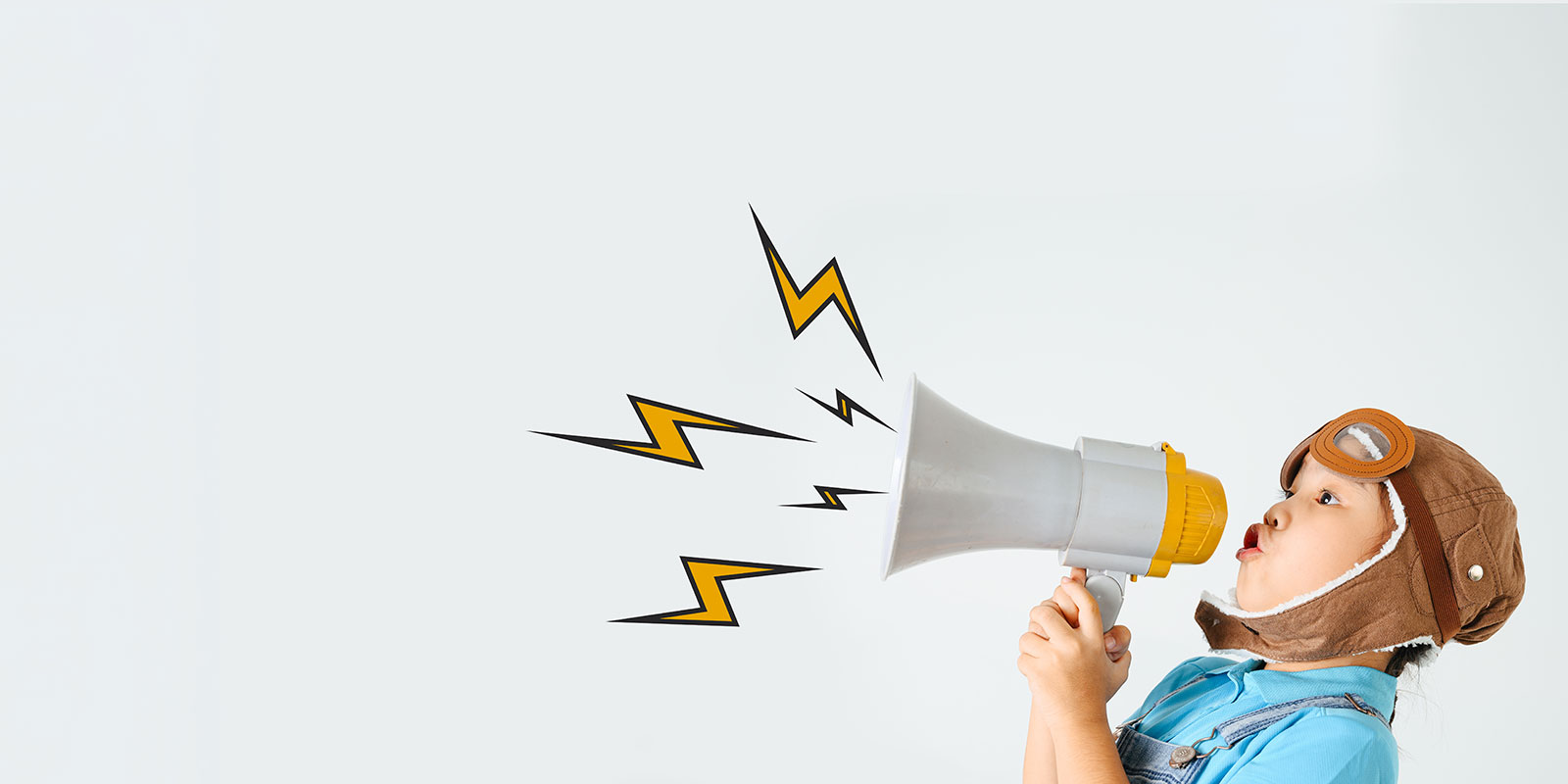Edward Norton Lorenz theorised that a single flutter of a butterfly's wings had the potential to cause a tornado. It was coined 'The Butterfly Effect' - the notion that all of our minor decisions eventually lead to something huge or life-changing.
While we're discussing something far removed from butterflies or tornadoes - inbound marketing follows the same concept.
Small decisions (within the customer journey) can lead to a great outcome (the purchase). We magnetise prospects and convert leads through a series of meaningful interactions which eventually lead to customer loyalty.
But the customer journey isn't as simple as that.
Customers are unpredictable.
Customer behaviour doesn't always follow a chronological pattern. As much as we'd like it to be this way, leads aren't converted at the click of a button. The journey is non-linear, and it's full of twists and turns with lots of factors and variables to consider first.
It's like one big 'choice-consequence' game, or a decision flowchart. It's impossible to completely empathise with your customer and accurately predict their every single move. But it's certainly possible to map out the pathways that lead them to a purchase.
Why should you map the customer journey?
To be one step ahead in inbound marketing, it's really useful to know this customer journey inside out - as it will help you map out your content, and get to know your customer's behaviour even better.
Mapping the customer journey will...
- Help you analyse customer behaviour
- Catch any patterns causing customer churn
- Help you visualise how your customer interacts with your brand
- Identifies all the points of contact
- Allows you to map out your content clearly
- Helps pinpoint key pivotal moments in the customer-brand relationship
What are the stages within the customer journey?
Before you map out your customer journey - it's important to be familiar with the stages within it, so that you've got a blueprint.
Having this customer blueprint makes the rest 10x easier, and it's something you can refer back to when you create inbound content and revise marketing plans. The intricacies of the customer journey are brand-dependent, but there's a generic pattern to all customer journeys:
- Awareness
- Consideration
- Decision
- Retention
- Loyalty
| Stage in the customer journey | Aim | Contact points | Content |
|---|---|---|---|
| Stage 1: Awareness | To highlight pain points, and create a need for your product/service. | Social media, blog, ads | Free downloads, PDFs, free courses, social content |
| Stage 2: Consideration | Present your product/service as a clear solution to the pain points you've previously highlighted. | Social media, events | Blogs, product pages, product infographics, demonstrative social content |
| Stage 3: Decision | Make the purchase as easy as possible for the customer, giving them all the relevant information they could possibly need. | Customer service and sales points of contact e.g. consultations | Email marketing, newsletters, pricing sheets, quotes, live chats, free demos |
|
Stage 4: Retention
|
Build customer loyalty and make sure they're happy with their purchase with an easy onboarding process. | Live chat, emails, customer service team | AI chats, email marketing, newsletters, exclusive 'members-only' type of content |
Stage 1: Awareness
Before this stage, your customers have no idea why they need your product. By making your customer aware of a pain point, you'll create a need for your solution/product that seeks to solve your customer's pain points.
Awareness doesn't necessarily aim to sell your product. It might just point your customer in the direction of their pain point. You're softly introducing them towards a pain point with the use of free content.
Revealing free (but genuinely useful) content invites your prospects with open arms.
Stage 2: Consideration
Now your prospect becomes a lead. They're aware of their pain points, and how your product can soothe these pain points. Perhaps they've made an inquiry, or they've been active in your online social circles.
But it takes time to nurture leads. No one wants to part with their money after engaging with one bit of social content.
At this stage, they will begin comparing different brands as part of their market research.
This is the 'thinking time.' Your potential customer will be tapping their fingers, doing their homework and looking into other competitors.
That's where your product-based content swoops in, like a knight in shining armour.
This is where you can offer your product or service as a solution to the pain points you have previously identified. It's designed to help customers overcome the problems you've highlighted so that they'll opt for your products as a safety net. Highlight the benefits of your product with captivating, product-based content.
Stage 3: Decision
Now, your customer has decided to buy based on their solution. While you silently celebrate your win, keep your calm exterior and retain excellent customer service. This gives your customer service team the time to shine.
Ditch the educational content now, and combine sales with marketing. This means you can take a more direct (but not pushy) approach.
The buying process should be completely seamless and fluid so that the customer journey is as smooth as possible.
Foster complete transparency here - now is not the time for unexpected prices, sneaky catches or random curveballs.
Stage 4: Retention
So, your customer has made a purchase. This is where you need to administer a spotless onboarding process so that your customer integrates easily with your product or service.
Customer service needs to continue to be 100% to ensure your customers aren't churning.
So, how do you create a customer journey?
It's all pretty simple, and the process follows the principles of inbound marketing.
Your customer journey follows a flow - but of course, it's not always as easy as 1,2,3.
It might circle back, go through a few loops before reaching the 'Retention' stage. That's why it's important to be ready for the unexpected and predict where/when your customer might change their mind or have doubts.
That's where the map comes in.
How can you create a customer journey map?
- Identify your buyer persona
- Identify the touchpoints
- Understand the journey
- Map it out visually
- See where your journey can be improved
Step 1: Identify your buyer persona
Start by identifying who your customers are. Gather data. Collect information from surveys, feedback, and website analytics. Imagine data as the compass guiding you through the journey.
Create detailed personas that include demographic information, motivations, goals, and pain points.
Pro Tip: If CRMs are useful data-gathering toolkits, then HubSpot is the Swiss Army knife.
Step 2: Identify Touchpoints
What are the key stops on the way? Think of it like a train journey. You've got a number of different stations before you reach your destination.
Identify all the points at which your customers interact with your brand. This could be your website, social media platforms, email, phone calls, customer service, in-store, etc.
Pro Tip: HubSpot's multi-functionality can help streamline these touchpoints.
Step 3: Map the stages of the customer journey
Go back to the customer journey breakdown. Where does your brand slot into the journey?
For each stage, identify what actions the customer takes, what questions they might have, and how they feel.
What actions are they taking? Are they purchasing, enquiring, or just window shopping? Also, keep an eye on their emotions. Are they happy, frustrated, or somewhere in between?
Step 4: Identify Opportunities for Improvement
Finally, look for opportunities to improve the customer experience at each stage. This could be by addressing pain points, improving communication, or enhancing your product or service.
Identify how successful your map is based on your KPIs. How effective is the map? Is it based on the number of sales? The number of interactions?
Remember, a customer journey map is not a one-time task. It should be continually updated and refined as you gain more insights into your customers' experiences.
Marketing tips inbound...
While we're on the topic of inbound marketing, Method has some pretty useful tips and tricks that offer valuable insights into the world of inbound.
We've thrown together a bank of knowledge containing all things inbound, to help push your marketing strategy and expand your business overall.
Plus - it's completely free.




